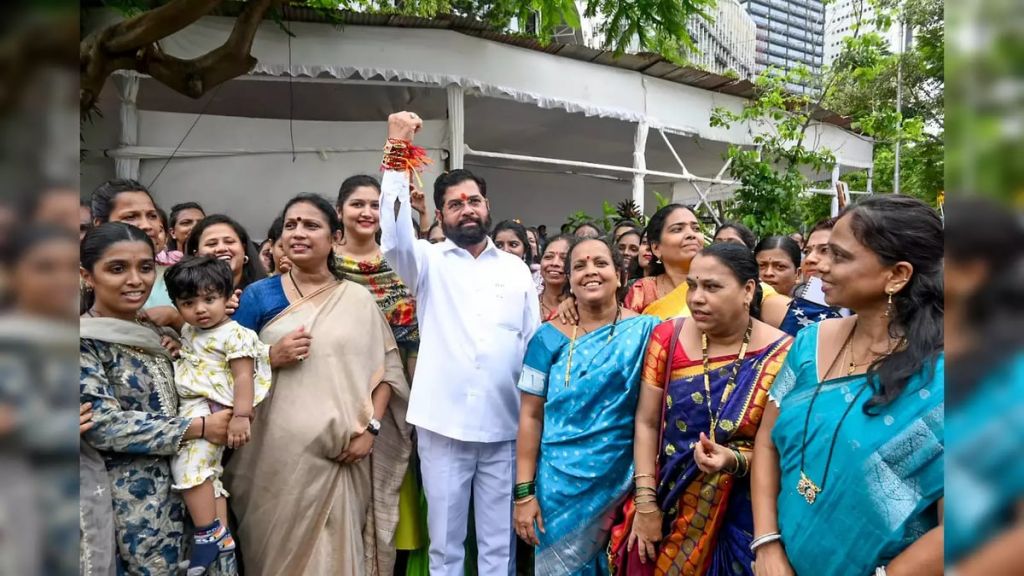
The political colour of money ceases to matter when it comes to poor women as welfare, but it evidently shores them up in various ways – and influences their voting decision, as the Maharashtra election results show. The landslide win of the Mahayuti has been repeatedly attributed to the Ladki Bahin Yojana – though other factors weighed in too – which the government rolled out in August. Since then, nearly 2.5 crore women across Maharashtra have received Rs 7,500 each; the Mahayuti parties promised to raise it to Rs 2,100 a month if it was back in power. Nearly 3.06 crore women voted in the election registering a turnout higher than in previous elections.
The response to the scheme, coupled with other handouts such as three free LPG cylinders a year and free professional education and so on, has been mixed. Many women welcomed the cash transfer into their accounts, which gave them a certain degree of autonomy, but also remarked that the government takes away so much by way of inflation on essential goods such as food and transport. Yet, all things considered, for millions of households, the Rs 1,500 or Rs 2,100 would go some way.
It is, all things considered, a step towards the financial autonomy for women dependent on fathers or husbands or children. Autonomy and power with women, as studies have shown, usually mean a degree of empowerment and ability to make decisions, and these decisions generally are for improvement in the quality of life. Women spend on children, on health and education, sometimes on themselves, too, including to learn or upgrade their skills.
In my conversations with women across cities during the election campaign, they spoke about making purchases for their homes, paying tuition fees for their daughters (because the sons were taken care of), buying sarees, travelling a short distance to visit families, and even putting away Rs500 every month towards savings. The state is expected to spend Rs46,000 crore a year on this scheme alone. In principle, direct benefit transfers (DBT) – of which the scheme is an example – can strengthen women’s bargaining power and transform their banking activity and mobility. However, women have to be able to access the transfers; studies have identified certain barriers as well.
The scheme skirted around most of them by making it simple to register, skipping minimal screening and scrutiny (the number of beneficiaries reportedly exceeds the number of poor women on state records by at least 2.5 times), and ensuring that at least six instalments were transferred before the election was announced. The DBT approach needs a debate. While it offers immediate autonomy and yields political dividends, it cannot substitute public investment in women’s education, work opportunities, equality and empowerment.
Maharashtra first rolled out a comprehensive women’s policy back in 1994; its fourth iteration was released this year. Yet, gender gaps persist and women’s participation in the labour force continues to be low. This is the route to real financial autonomy for women.